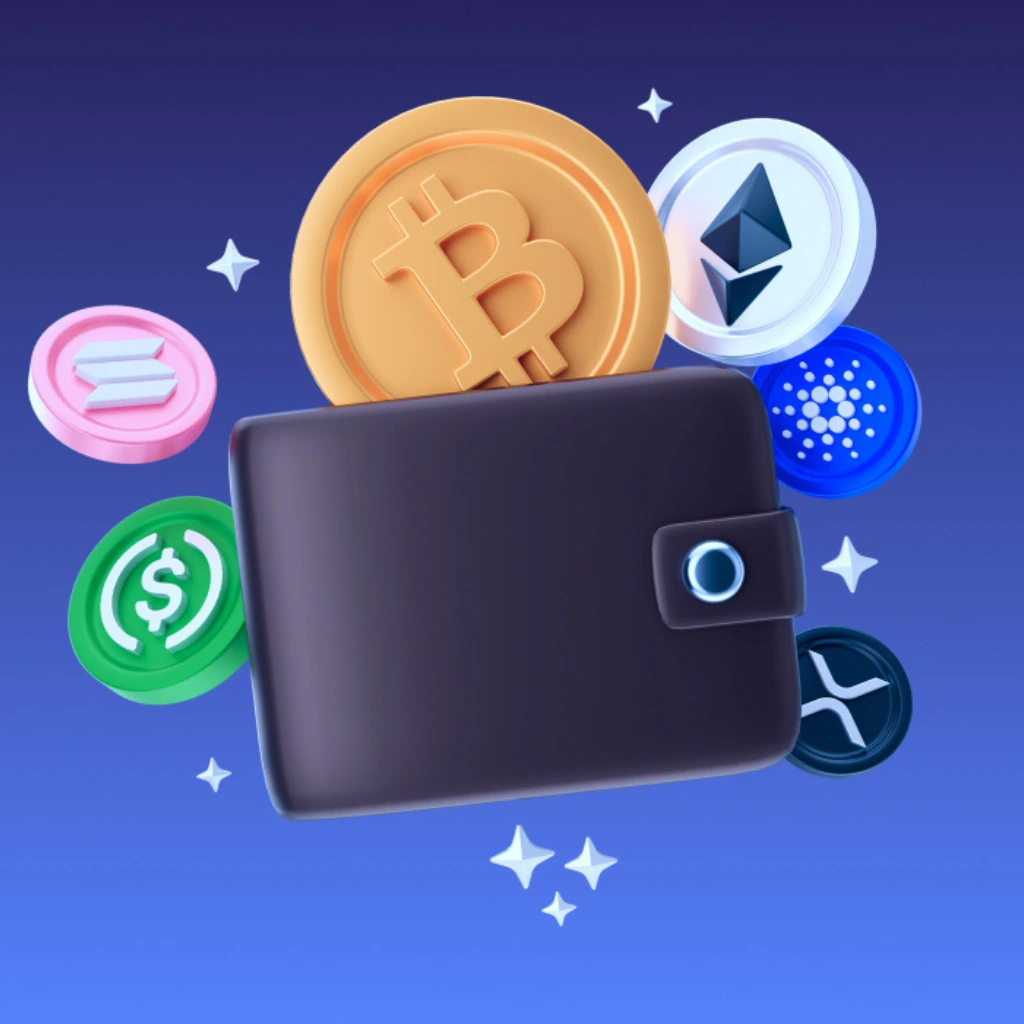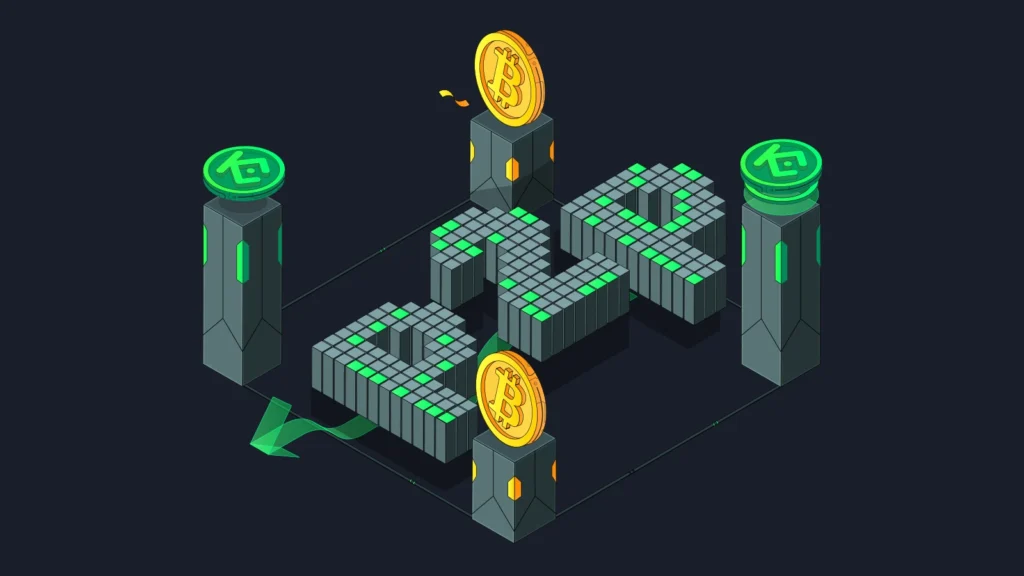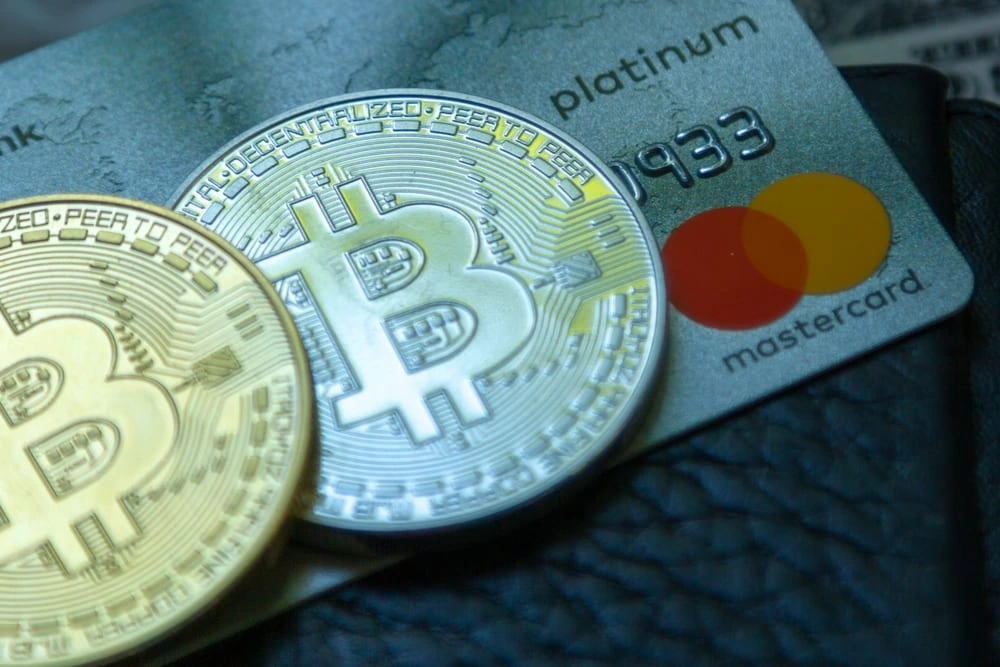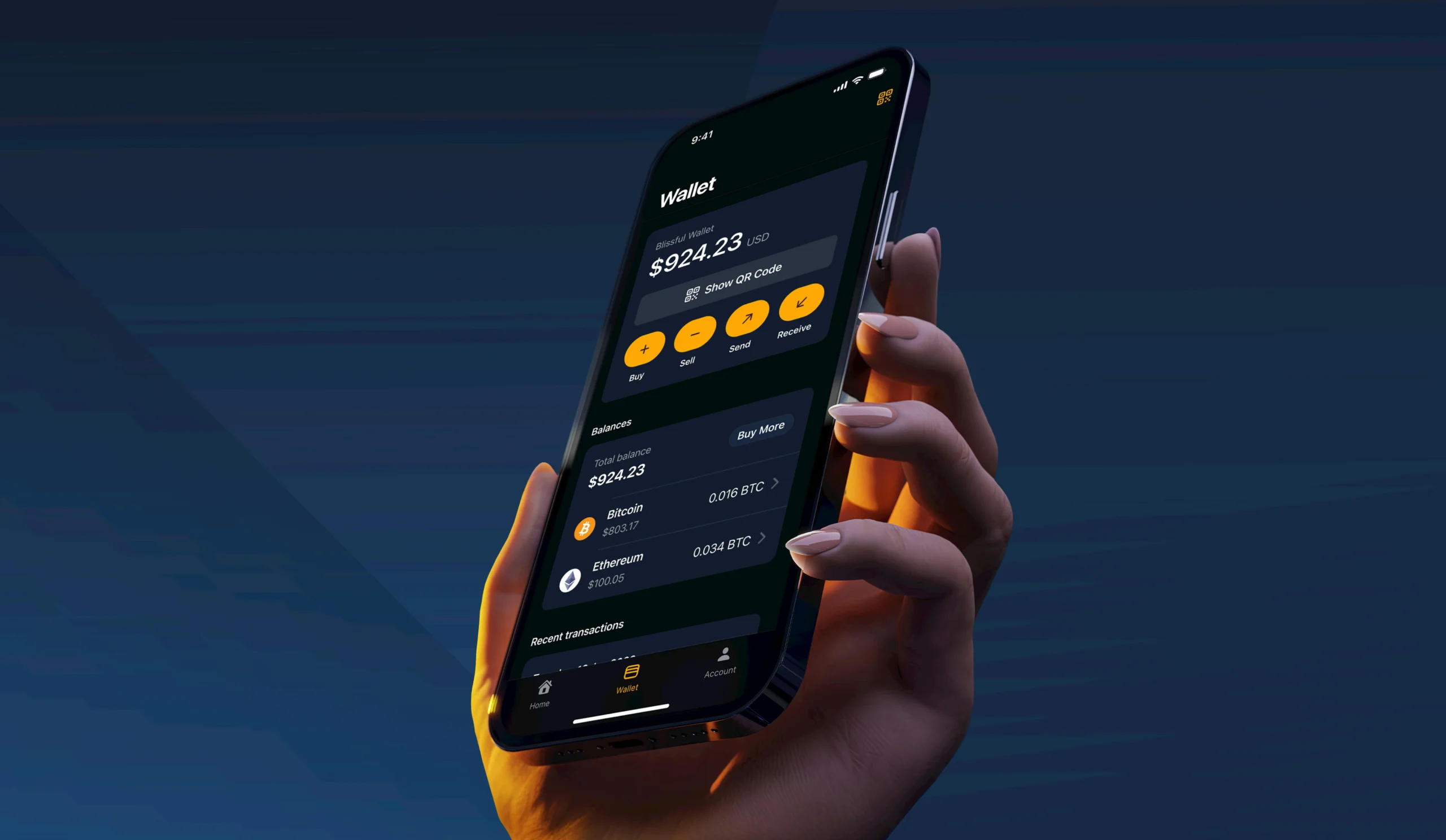Crypto Wallet Payments Explained: Can You Really Use Them Like Cash?
September 21, 2024

Understanding How Crypto Wallet Payment Work in Real-World Transactions
The concept of a crypto wallet payment isn’t just theoretical anymore. As the digital economy expands, more users are looking to pay directly with cryptocurrencies using blockchain wallets. Whether it’s Bitcoin, Ethereum, or stablecoins like USDC, the crypto wallet payment model is gaining attention as an alternative to traditional banking and credit card systems.
At its core, a crypto wallet payment is a peer-to-peer transfer of digital assets—often processed without banks, borders, or intermediaries. From online subscriptions to real-world point-of-sale systems, blockchain infrastructure now supports direct payments through custodial and non-custodial wallets alike.
But even as crypto wallet payments become more accessible, challenges remain. Limited merchant support, transaction fees, volatility, and UX hurdles are slowing mainstream adoption. This article breaks down what a crypto wallet payment is, how it works behind the scenes, and where it’s actually usable today.
What Is a Crypto Wallet Payment?

A crypto wallet payment is a blockchain-based transaction where cryptocurrency—like Bitcoin, Ethereum, or USDC—is transferred from one digital wallet to another in exchange for a product or service. It’s the crypto version of handing over cash or swiping a card.
There are two main types of wallets:
- Custodial wallets (e.g., Coinbase, Binance): A third party manages the private keys.
- Non-custodial wallets (e.g., MetaMask, Trust Wallet, Ledger): You hold the keys and maintain full control.
Each type supports peer-to-peer crypto payments, but the mechanics and risks differ. Custodial wallets often integrate with centralized payment platforms, while non-custodial wallets rely on direct blockchain interactions and smart contract protocols.
How Do Crypto Wallet Payments Work Technically?

Here’s a simplified breakdown of a typical crypto transaction:
- Payment Initialization: The user scans a QR code or enters a wallet address.
- Transaction Signing: The wallet signs the transaction using the user’s private key.
- Network Broadcast: The transaction is sent to the blockchain for validation.
- Block Confirmation: Depending on the network, the transaction gets confirmed in a block (ranging from seconds to minutes).
- Settlement: Funds appear in the recipient’s wallet—irreversible once confirmed.
Payment gateways like BitPay, NOWPayments, or Coinbase Commerce streamline this process by converting crypto to fiat in real time, which is especially helpful for merchants wary of volatility.
Where Can You Use Crypto Wallets for Payments?

While not yet universal, crypto wallet payment adoption is gradually spreading:
- Online Merchants: Shopify stores, VPN providers, SaaS platforms.
- In-Person Retail: Select cafes, tech stores, and crypto-friendly vendors.
- Global Exceptions: In countries like El Salvador or the Central African Republic, crypto is legal tender, enabling broader in-store adoption.
Still, most merchants don’t accept direct blockchain payments. Instead, they rely on payment processors that act as middleware between wallets and traditional bank infrastructure.
Key Advantages of Crypto Wallet Payments

Using crypto wallets to transact offers several technical benefits:
- Decentralization: No need for intermediaries or clearing banks.
- Speed: Networks like Solana or Polygon process payments in under a second.
- Cross-Border Utility: Send payments globally without SWIFT or ACH.
- Programmable Money: Payments can trigger smart contracts—useful for automation.
For developers and privacy-focused users, these features offer significant appeal over legacy financial systems.
The Limitations and Technical Challenges

Despite the progress, there are serious roadblocks to consider:
- Network Fees: Ethereum gas fees fluctuate wildly; even Layer 2 solutions can cost more than expected.
- Transaction Speed: Bitcoin’s average confirmation time is still 10 minutes—not ideal for real-time retail.
- Volatility: Unless stablecoins are used, price swings can affect both payer and recipient.
- User Errors: Wrong wallet address? Wrong network? Funds are likely lost forever.
These risks highlight the importance of UX design in wallet apps, including safeguards, chain detection, and fee estimations.
Are Crypto Wallet Payments Ready for Mainstream Use?

Technically, yes—but functionally, not quite.
The tools are improving fast. Wallets are becoming more intuitive, stablecoin support is growing, and payment infrastructure is bridging the crypto-to-fiat gap. Even Visa and Mastercard are piloting crypto-backed card integrations.
But mainstream use requires not just tech—it requires trust, education, and regulatory clarity.
Conclusion: Should You Try Using Your Crypto Wallet for Payments?

If you’re already using crypto, making a small payment with your wallet is a good learning experience. It shows you how decentralized payments work in real-time—and where the pain points still are.
That said, for serious purchases or recurring expenses, traditional methods still win on simplicity and reliability.
But in the future? With better L2 networks, smarter wallets, and growing acceptance, crypto wallet payments could become as common as scanning a QR code with your phone—just with blockchain underneath.
Relevent news: Here

